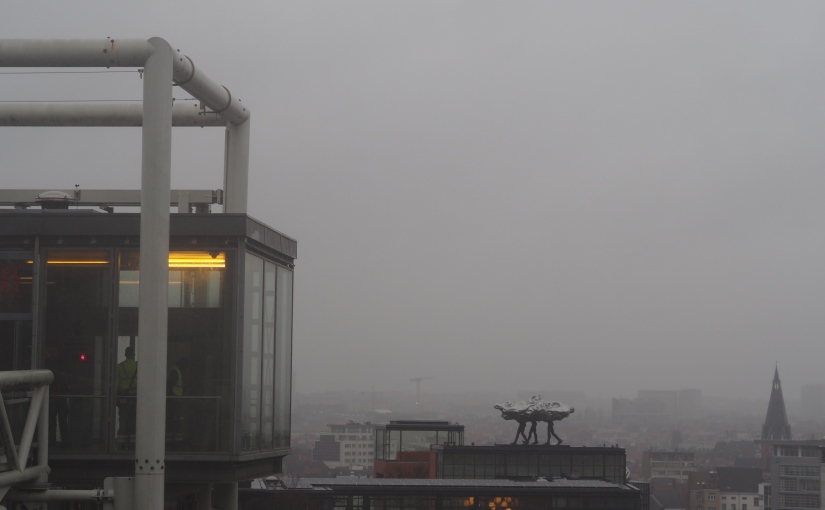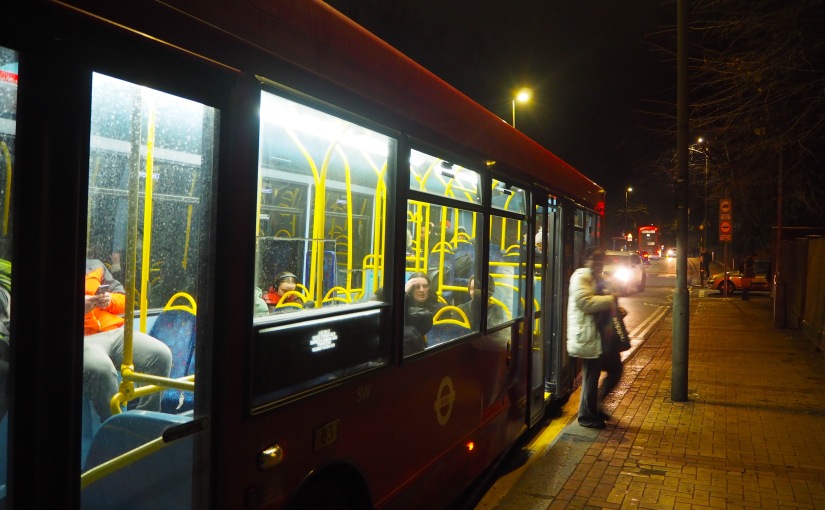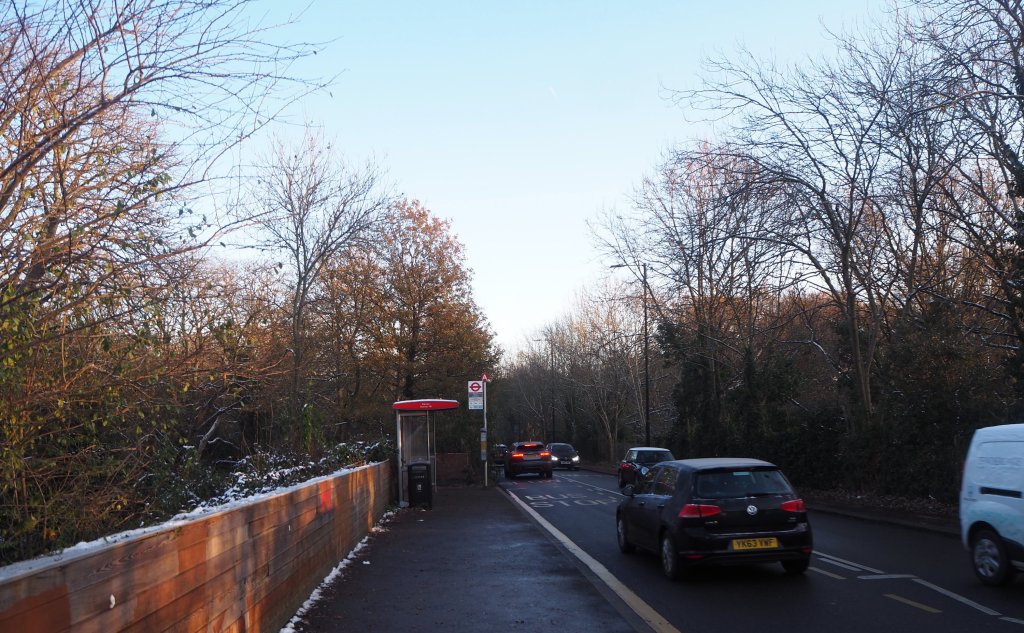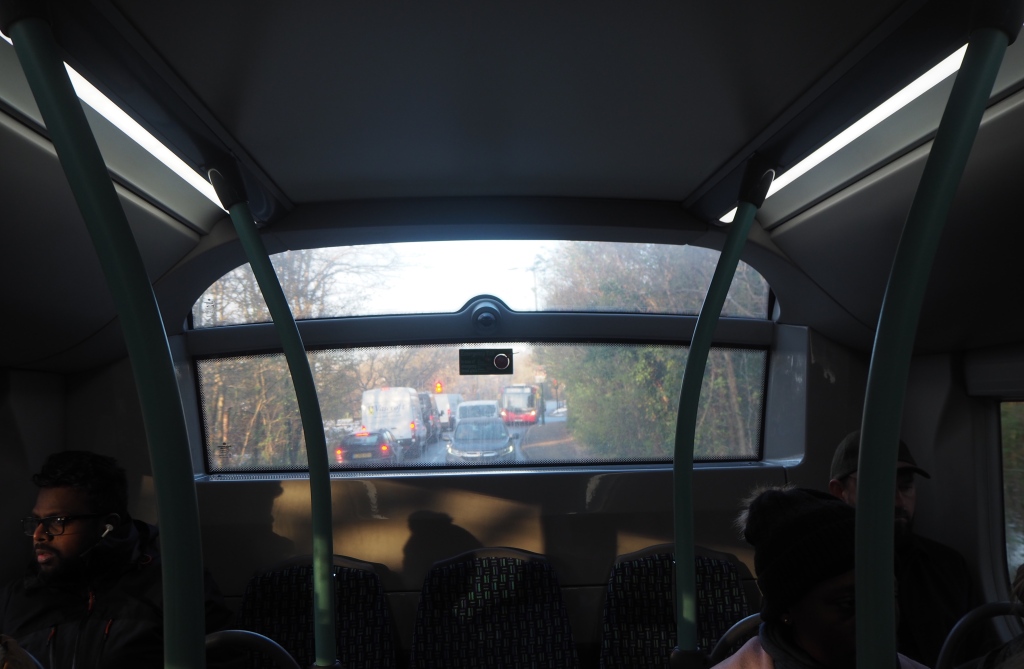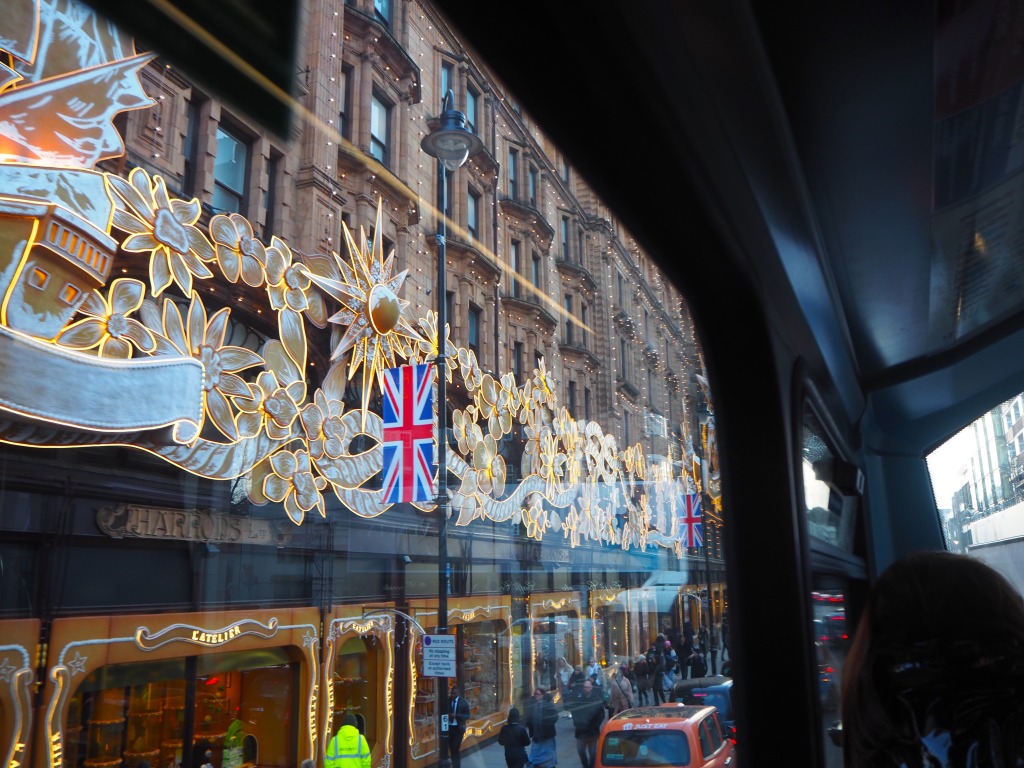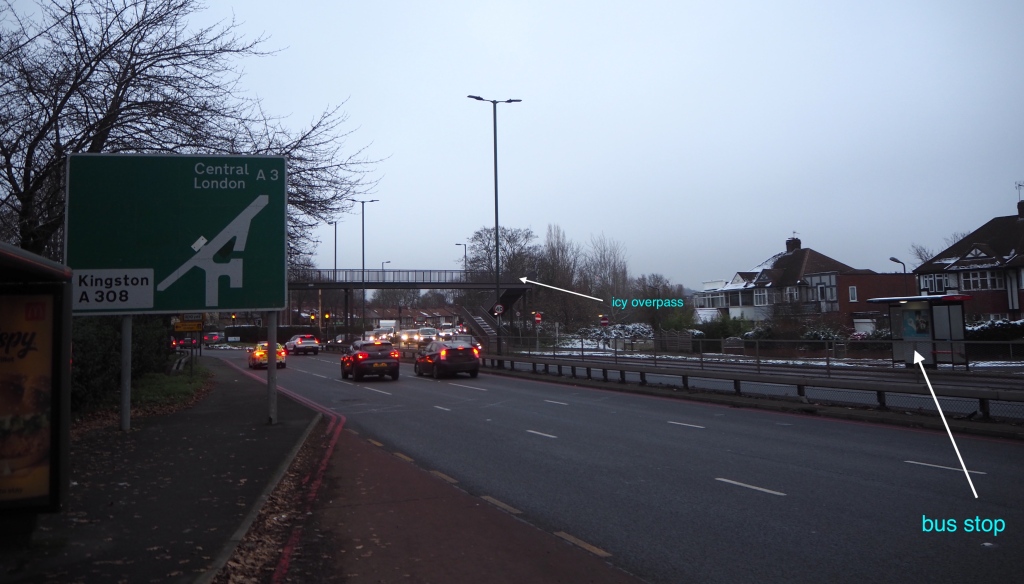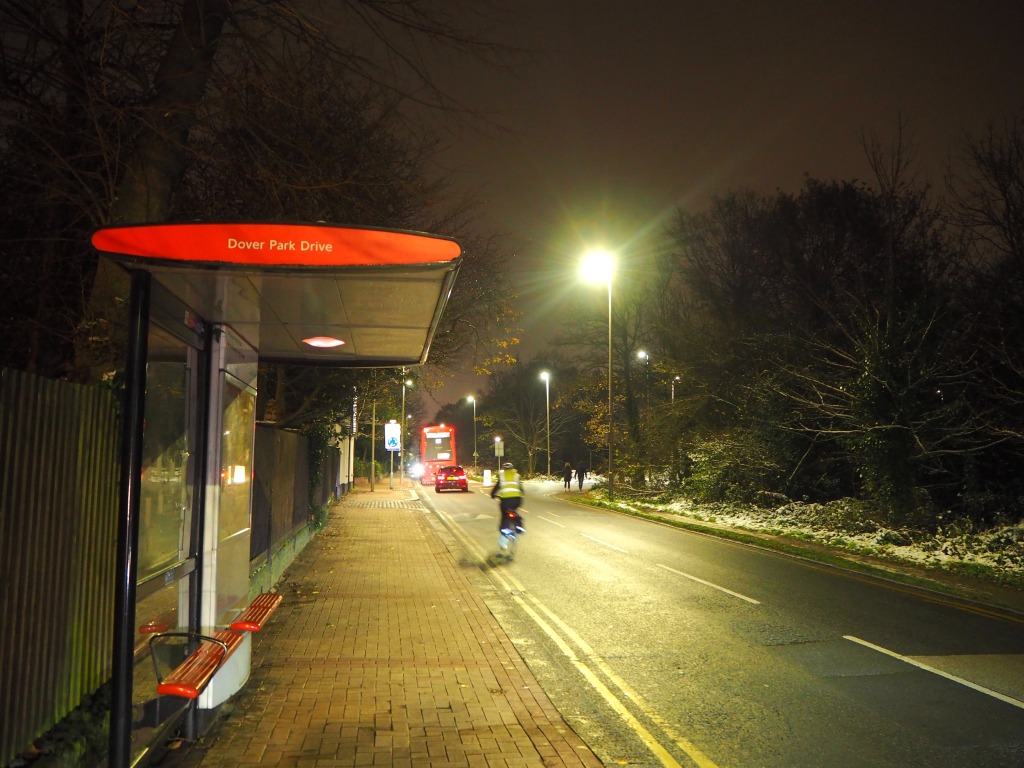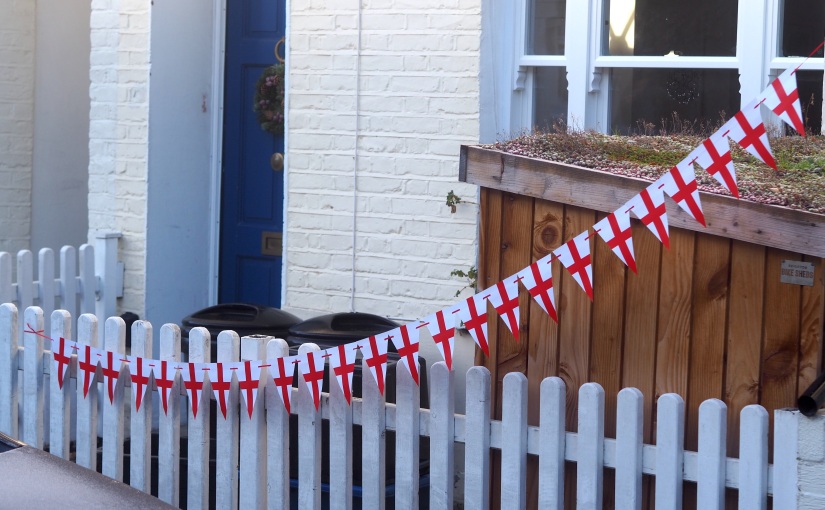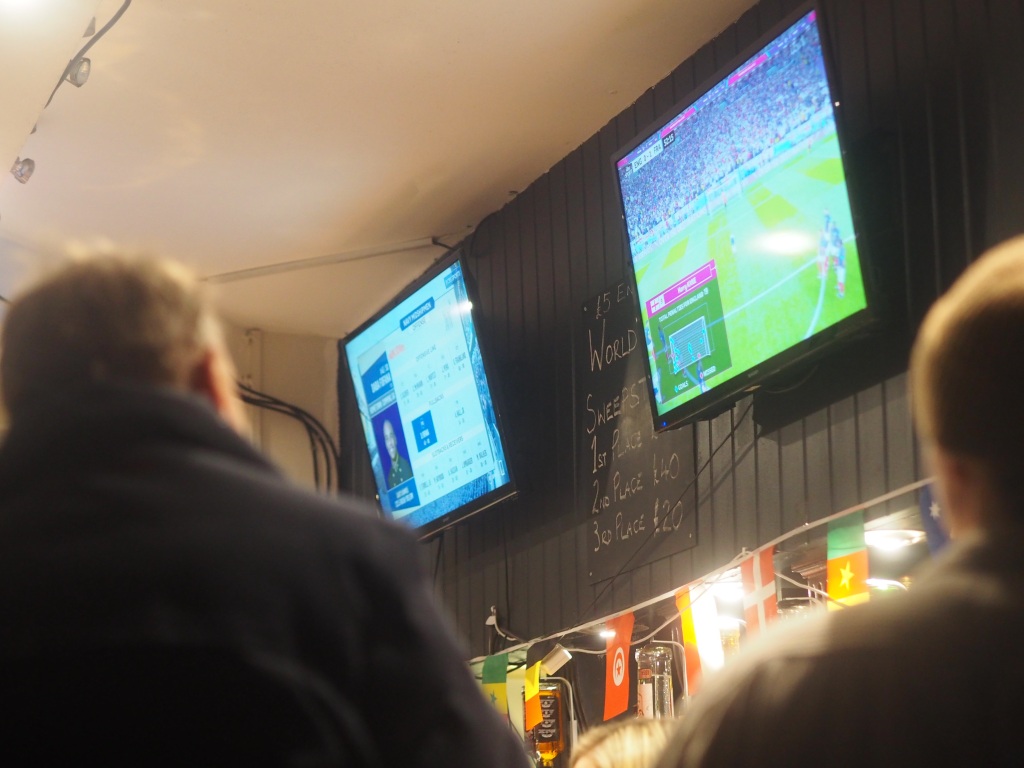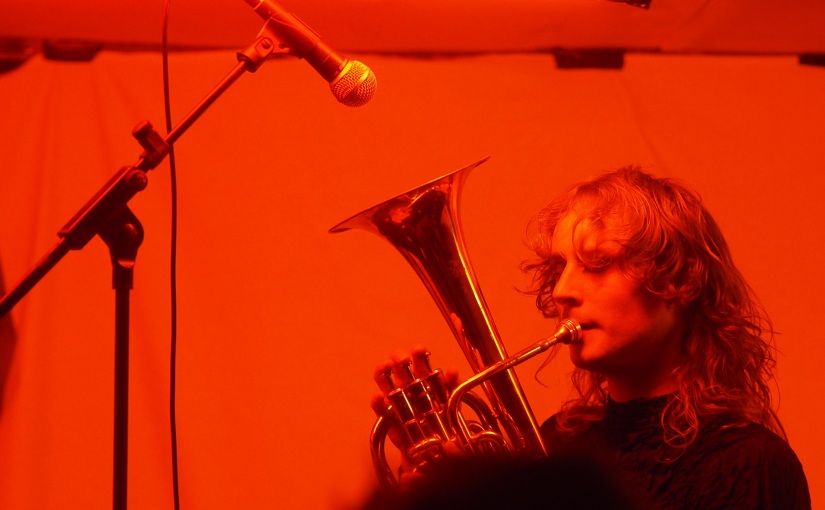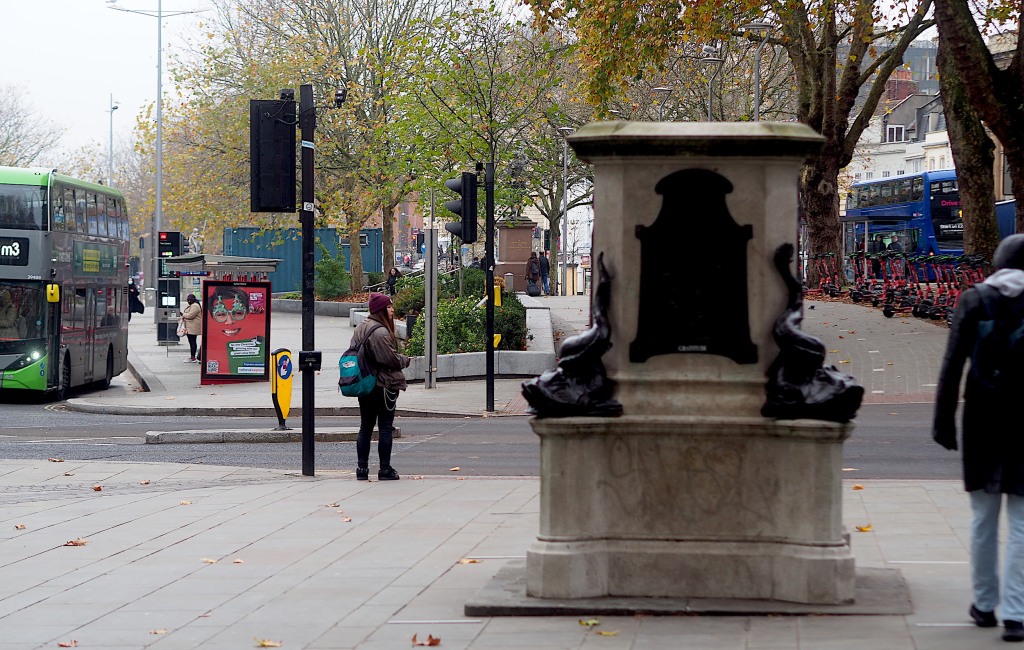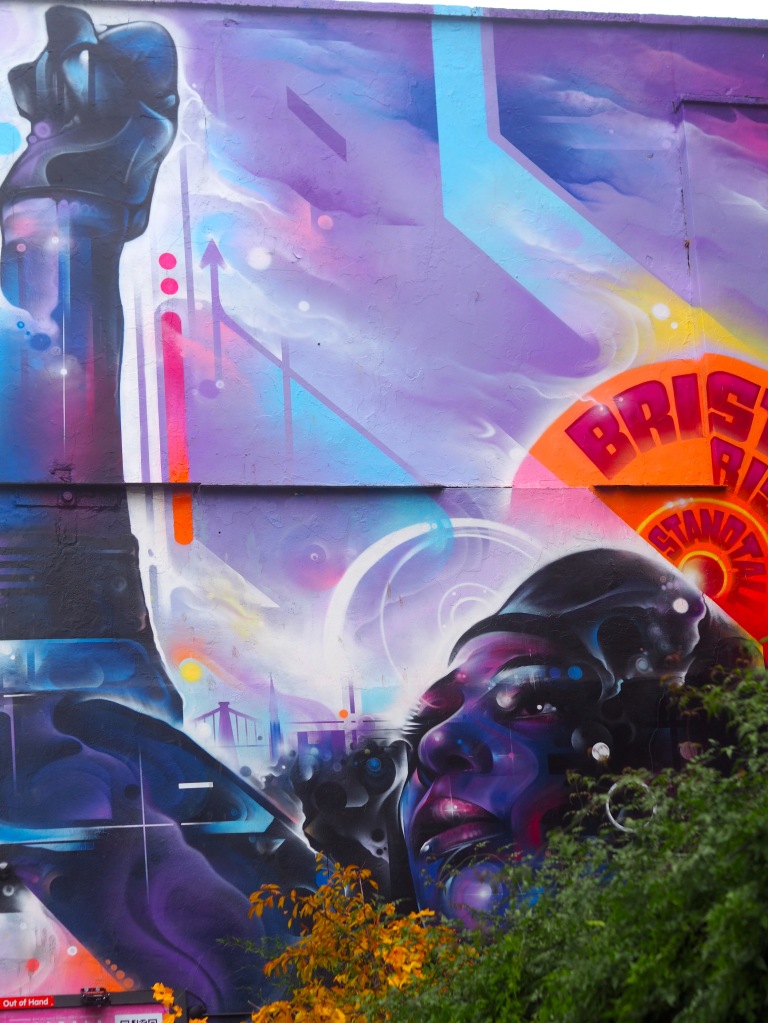In the centre of the continent Rwanda is high, about 1500 metres. That means it’s cooler than would otherwise be the case, though still offering an injection of warmth in the winter; and there are fewer mosquitoes than elsewhere, though you must still watch out for them. Travelling Companion and I had the luck to spend Christmas there, visiting Family.
It tended to be sunny in the mornings, overcast in the afternoon, rainy in the afternoon or evening. Red kites hung over the valley; they gathered over the Heaven restaurant in the evening.

It was cheaper to fly to Rwanda from Brussels than from London. On the way we tarried there for a couple of days seeing friends, eating well, sorting things out at the bank. Chez Bernard on Place Jourdan, where I used to go with colleagues for drinks after work, has closed. The Brouette, where Travelling Companion and I used to go in the Grande Place, has lost its traditionality. The Truffe Noire was just as it should be.
From the train coming in you see the Palais de Justice. As long as we lived in Brussels it was in scaffolding. First the dome, then the body of the building.

These days you can wander in, for a certain distance.
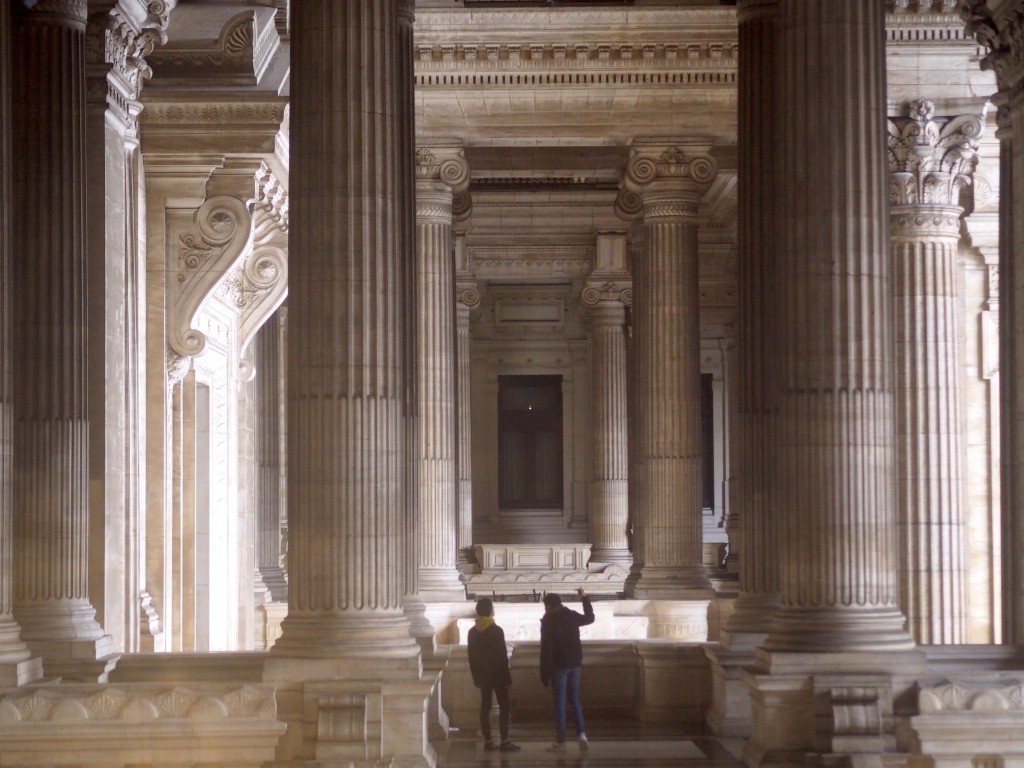
These men look like the sons of English nobles of the eighteenth century, conducting the Grand Tour of Italy.
From there we walked in the rain to the Grand Sablon, looking in the windows of Pierre Marcolini and other chocolate shops. The next day we wrapped Christmas presents using scissors borrowed from hotel reception.
Things I noticed in Brussels:
- More generous public seating than in London…
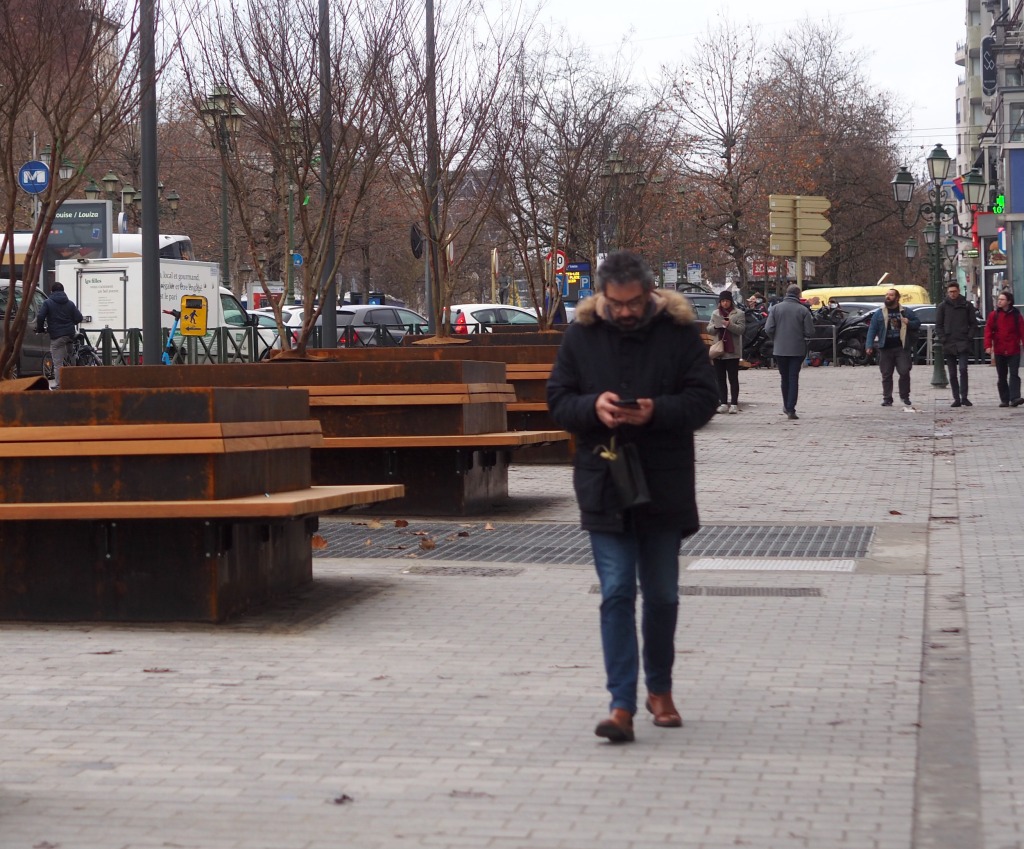
… including wider seats at bus stops. At the Jourdan bus stop a rough sleeper lay in a sleeping bag along three seats while passengers chatted on the other two.
- The same rule as in London and Amsterdam about only getting on buses and trams at certain doors. Here, though, the rule is not enforced or followed.
- A man with spread legs hauled them in when I sat next to him on the bus – you often don’t get that on the tube.
- More zebra crossings than in London – but cars’ behaviour meant you had to be more assertive to make use of them.
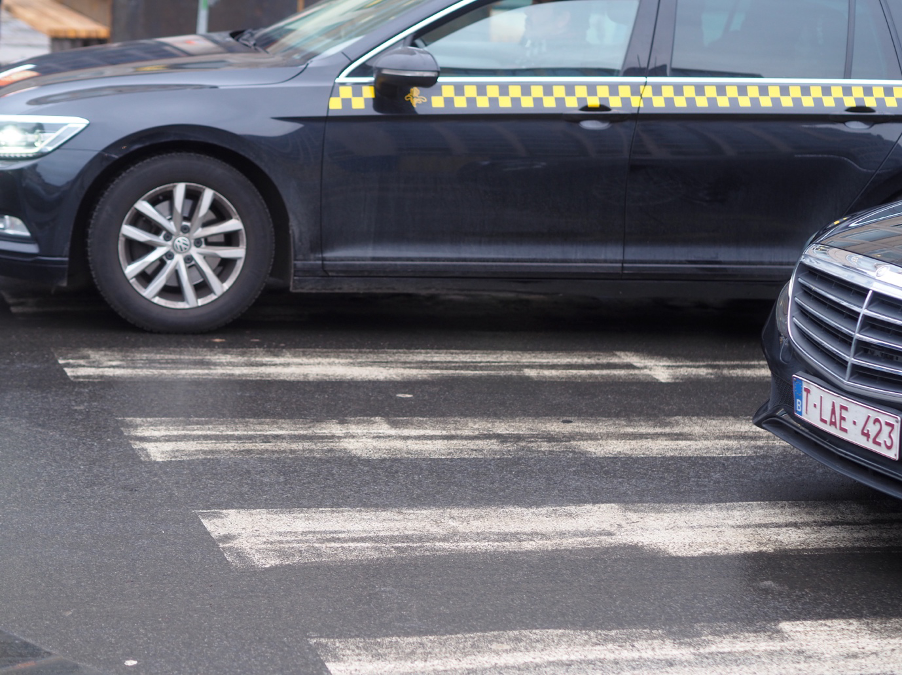
- The persistence of old things, and old fashioned ways of doing things, alongside the new. An old tall door at the back of a shoe repair shop on rue Froissart. Bread coming unasked at café and restaurant tables. Something sweet served with coffee.

- The absence of a certain kind of beauty. (Amsterdam, from here, seemed flashy.)
+++
On the Brussels Airlines plane to Rwanda the safety instructions were sung in a video by the band Hooverphonic, verbatim…
The seatbelt must be fastened
Low and tight
Insert the metal tip
Into the buckle
Insert the metal tip
+++
According to a story in the Times this week, an ex-Member of the UK Parliament, Edwina Curry, is claiming costs from a man whose off-the-lead dog she says knocked her over, breaking her hip. She states that “Your failure to control your dog has led to considerable disability, pain and suffering, none of it through my own fault”. The Times says she is claiming “£2,000 for hiring a dog walker to exercise her pet while she was injured; just over £500 for dog boarding fees; £1,350 for hiring a care provider at her home; and £1,000 for loss of earnings”.
Travelling Companion says could I claim, then, from the man whose dog knocked me off my bike in October, for the extra dog walking she has had to do as a result? I think she is joking.

